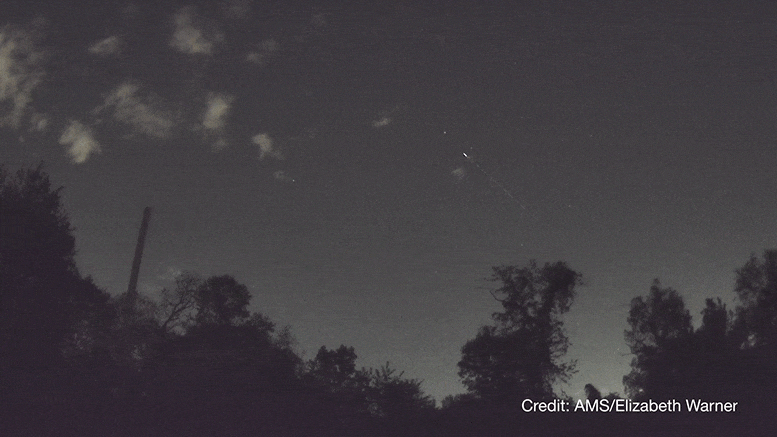
The eta Aquariid meteor shower, active throughout April and May, is set to peak on May 5 with an impressive outburst year, featuring 120-160 meteors per hour. Despite the full moon’s brightness, the shower’s fireballs, caused by Earth encountering debris from Comet Halley, make it worth watching. Credit: AMS Elizabeth Warner
The eta Aquariid meteor shower, peaking on the morning of May 5, promises an outburst year with up to 160 meteors per hour. Despite the full moon, bright fireballs make it worth watching, especially in the Southern Hemisphere between 3-4 a.m. and dawn.
The eta Aquariid meteor shower is active throughout April and May, peaking in the pre-dawn hours of May 5. This year could be particularly impressive as an outburst year with 120-160 meteors per hour expected.
“A meteor shower is like a normal rain shower, with 50-60 meteors per hour,” said Bill Cooke, lead of NASA’s Meteoroid Environments Office at the agency’s Marshall Space Flight Center in Huntsville, Alabama. “An outburst is like a thunderstorm, with greater than normal meteor activity expected. A meteor storm is like a tornado, where meteor rates are over one thousand per hour.”
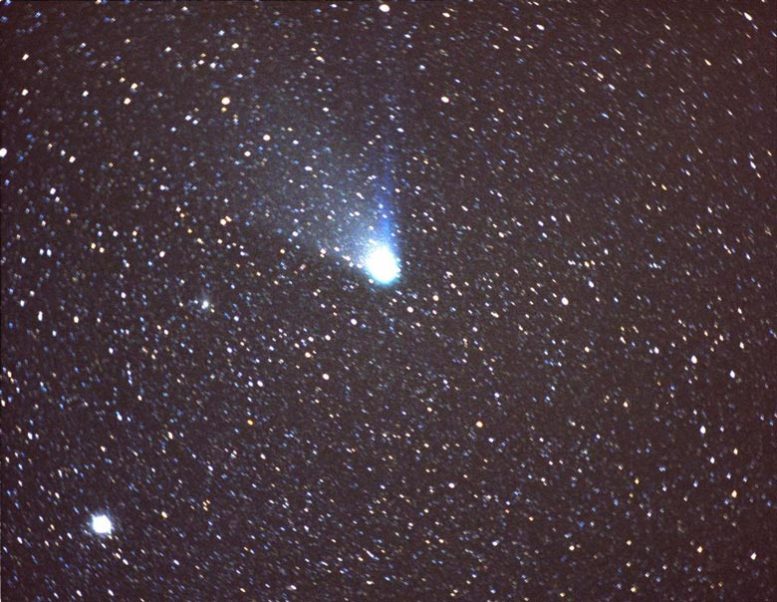
C-141 Kuiper Airborne Imagery of Comet Halley (New Zealand Expedition). Credit: Photo taken with equipment designed, mounted on the headring and operated by the Charleston (South Carolina) County School District CAN DO Project
Despite the full moon lighting up the sky and washing out the faint meteors, this year’s eta Aquariid meteor shower is not one to miss. In terms of producing fireballs, NASA camera data places it #6 among meteor showers. These bright fireballs are caused by Earth running into a dense stream of debris from Comet Halley, a lot of which was ejected more than 3,000 years ago. Moving at 148,000 mph, some of these fireballs leave glowing “trains” in their wake that last for several seconds to minutes.
How to View
The eta Aquariid meteor shower is viewable in both the Northern and Southern hemispheres, with higher rates of visibility to observers in the Southern Hemisphere. This is due to the radiant’s location in the constellation of Aquarius. Meteors will be observable after midnight, but the peak times are 3-4 a.m. until dawn.
Regardless of your geographic location, you’ll want to find an area well away from city lights for best viewing. Give yourself about 30 minutes in the dark for your eyes to adapt – this means not looking at your phone. Look AWAY from the moon and take in as much sky as possible.
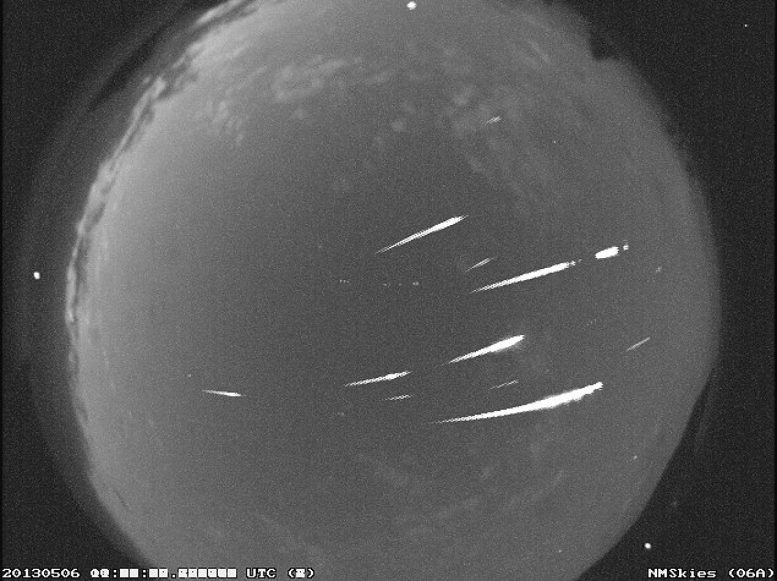
A composite image showing several Eta Aquariid meteors from the NASA All Sky Fireball Network station in Mayhill, NM on 6 May 2013. Credit: NASA
The next major meteor showers will be the Perseids in August, and the sister show to the eta Aquariids, the Orionids in October.
But there’s plenty more skygazing to do this month. Check out What’s Up in May from NASA Jet Propulsion Laboratory:
What are some skywatching highlights in May 2023? Venus reaches its highest point in the evening sky for the year, while Jupiter disappears behind the Moon for some U.S. observers. Plus, some key differences in the Southern Hemisphere’s skies compared to those of the North. Credit: NASA Jet Propulsion Laboratory


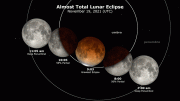

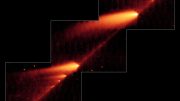
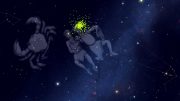
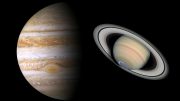

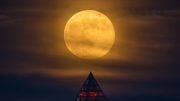
Be the first to comment on "Don’t Miss: Eta Aquariid Meteor Shower Outburst Peak – Up to 160 Meteors per Hour"